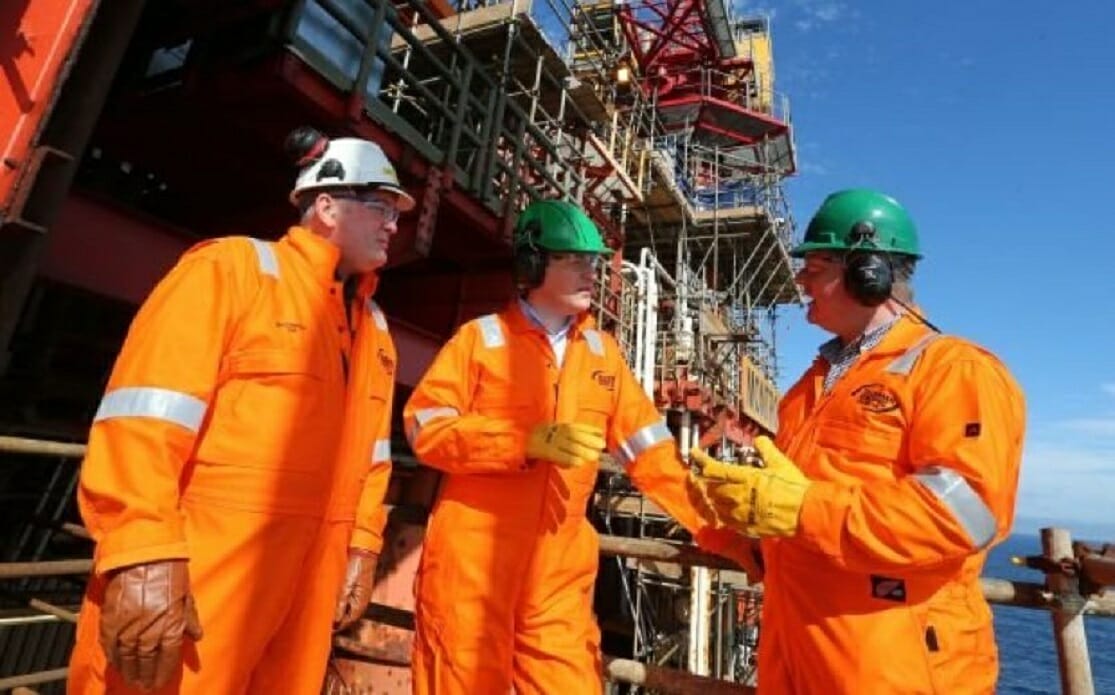What Can Augmented Reality Do for Oil and Gas Industries?
New technologies are proliferating the business world, and two of the most exciting are virtual reality and augmented reality. Virtual reality consists of environments that contain sights and sounds and are completely computer generated and accessed through the use of VR helmets.
The gaming community and increasingly other industries use VR. The fastest growing area of use for VR is in training simulations.

What is Augmented Reality?
Augmented reality is the mixing of virtual reality in the real world whereby sounds, images and text are overlayed via computers onto what we actually see around us. So virtual reality replaces the world around us, and augmented reality adds to the world.
You can see augmented reality images using an app on a smartphone or other computer device or through some type of eyewear. We have seen this is high end movies and video games, and now augmented reality has begun to be used by industries for various purposes.

AR in the Oil and Gas Industries
Oil and Gas augmented reality has proven to be an important tool for the oil and gas industry because it offers companies a wide range of benefits.
OnSite Training and Instructions for Oil and Gas Industries
Oil and gas companies can use AR and wireless headsets to have top experts guide personnel though tasks. This allows the experts to not have to spend long hours traveling to sites. Instead they can stay in one location, and apply their expertise and training to any number of AR ready sites all around the world.

Assessment of Underground Assets and Worksites
An entire underground asset and worksite or any part of it can be overlayed on to an augmented reality program, and show up to the minute status of things. Companies can see oil and gas reserves, pipelines, construction areas, and all other elements of a project with a 3D visual representation. This allows for better utilization of people and other resources, minimizes accidents and saves money for companies.
Replacement of Parts
Oil and gas companies can use AR to assess and even help replace worn broken parts. With an ability to get a 3D view of things, this can be doe accurately and efficiently. Newer AR programs will be able to anticipate wear and tear and tell companies when parts are likely to break causing disaster avoidance and more uptime for workers and sites.

Today every large and middle size oil and gas company is utilizing AR and looking to use it more. Currently hey are training staff on the use of wireless goggles that also have sound capabilities and connecting them with relevant departments to coordinate efforts that improve efficiency and affect the bottom lines. The results have been spectacular and in this volatile and price sensitive industry, this technology is helping to control costs,
As AR continues to improve and the use of robotics increases, companies envision a time when robots using AR will be doing all of the difficult and dangerous work for their companies.














